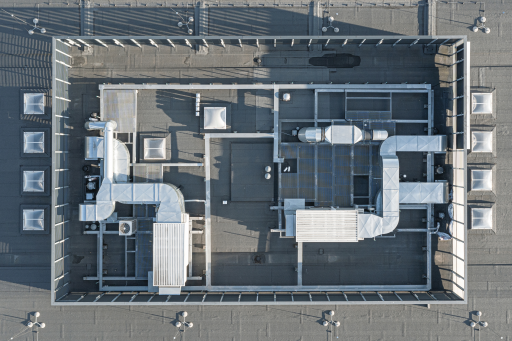Does the future of information systems really lie in the public cloud?
Reading time: 4 min
Veolia’s spectacular announcement in late 2017 of its decision to migrate its entire information system (IS) to the public cloud raises the issue of the ideal approach for companies. Axians believes that the right solution is a hybrid public-private model.
![]()
Are private data centers, which concentrate a company’s information systems, intellectual assets and valuable data, obsolete? Should a company modernise by abandoning its own servers and transferring the full range of its data and applications to the public cloud?
Veolia’s decision, announced at the end of 2017, to undertake a radical migration, rapidly shifting its entire information system to Amazon Web Service, exemplifies this approach. But does the move set an example that other companies should follow?
For Jean-Christophe Laissy, Veolia’s Chief Information Officer, quoted in L’Usine Digitale “the 100% public cloud solution is the best way for the Group’s business lines to meet their increasing need for agility and innovation.” He added that there are two further objectives driving the strategy: “changing the security paradigm” and “reducing costs.”
“Unquestionably, agility and innovation do call for the use of the public cloud in some cases,” says Yves Pellemans, cloud CTO at Axians France, part of the VINCI Energies ICT brand. “Axians therefore advises its customers to adopt the public cloud for some purposes, including business development, mobility and web portal access.”
The public cloud, made up of server networks open to any company wishing to rent space and functionalities, enables a company’s customers as well as its employees to readily access services from a smartphone or tablet.
Additionally, the increasing number of cloud servers make it particularly easy to manage peak activity, says the Axians CTO, adding that “The public cloud has substantial scalability for expansion.”
Cloud Act
But wait, cautions Yves Pellemans, this doesn’t make the public cloud a panacea. It is not always advisable, or even possible, for a company to migrate all its business applications to the public cloud. In some cases, a private cloud, or alternatively an IaaS (Infrastructure as a Service) solution, which can be managed by Axians, is preferable.
Axians Netherlands CTO Erik Lenten says that even though the public cloud offers security performance that is “often superior to that of private networks,” it may not meet European data protection requirements. US public cloud providers such as Amazon and Microsoft are subject to the Cloud Act, a US law that can force them to open their data centers, including machines located in Europe, to the FBI.
Hybrid model
The best approach, says Yves Pellemans, is to combine “the best of both worlds”: to take advantage of both the scalability of the public cloud (server farms that pool all resources) and the security of “a data center transformed into a private cloud (automated data center) so as to protect the company’s intellectual capital and sensitive information.” This hybrid model may also be advisable for technical reasons, says Erik Lenten, who mentions “fog computing”, which puts together IoT and the cloud.
Lastly, cost considerations may also drive a decision to design public-private type infrastructure. Erik Lenten gives the example of a 24/7 CCTV surveillance system rolled out in a large number of service stations in the Netherlands to automatically detect incipient fires and other dangers via algorithmic image processing.
In this example, resource-intensive CCTV video is stored and processed in a private cloud, and only the results of the real-time image analysis are sent to the public cloud.
“The relative proportions in a hybrid public-private system may vary from one country to another,” say the two experts, who both emphasise that a company stands to gain from “taking the best of both clouds.”
14/06/2018


